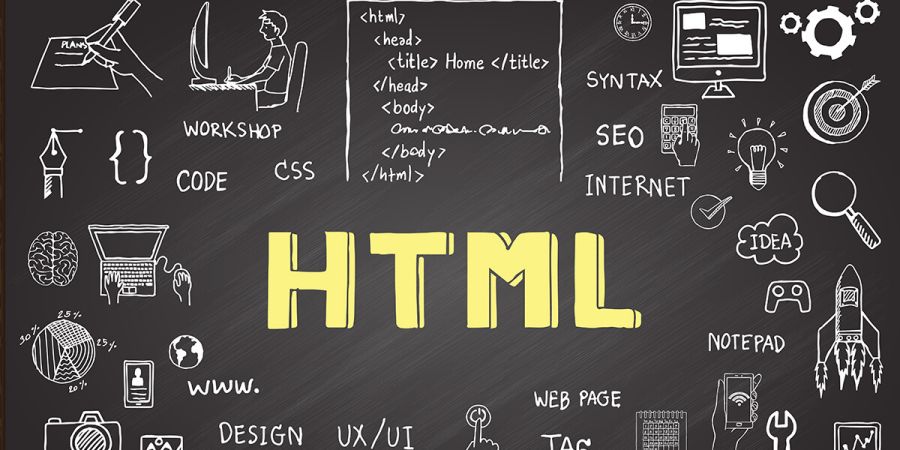

Introduction:
We look forward to taking you on this exciting journey into the world of HTML. This beginner's introduction to HTML is here to help, whether you're a complete novice looking to build your first website or a seasoned coder wishing to sharpen your abilities. Every web page is built on HTML, or HyperText Markup Language, which enables us to organise and arrange content for the internet. Let's get started and learn the fundamentals of HTML!
HTML Foundations: In this section, we'll go through HTML's foundations. We'll look at how to write an HTML document, how HTML tags are organised, and what components are necessary to build a webpage. You'll discover more about lists, links, headings, and paragraphs. the
HTML Formatting and Styling: HTML gives a number of formatting and styling options for your web page, so it's not only about organising text. The possibilities for text formatting, such as bold, italics, and underlining, will be covered. We'll also look at how to add photos, make tables, and use CSS styles to make your HTML pages seem better.
Working with Forms and Input Elements: On the web, forms are essential for obtaining user input. We'll walk you through using HTML to create forms in this part. To gather data from your users, you'll discover how to create input fields, checkboxes, radio buttons, and drop-down menus. We'll also talk about form validation and how to handle user input in the best way possible.
Navigation and Hyperlinks: Users can move between online pages via hyperlinks, which are the basis of the internet. We'll go over the various kinds of links and how to make them with HTML. In order to provide a seamless user experience, we'll also go through the best practises for organising and structuring your website's navigation menu.
Multimedia Integration: The internet of today is full with multimedia, such as images, videos, and audio. We'll look at how to incorporate multimedia components into your HTML pages in this part. You'll discover how to use photographs, YouTube embed codes, and even audio files to add interest and dynamic to your website.
HTML5 and Beyond: HTML5 opened up the world of web development to exciting new features and capabilities. You will learn about some of HTML5's more sophisticated features, including as responsive design, geolocation, local storage, and semantic elements. Knowing these ideas will enable you to build cutting-edge, user-friendly websites.
Congratulations on finishing this HTML tutorial for beginners! With the knowledge and abilities you've gained along the way, you're now prepared to begin creating your own web sites. Always keep in mind that there is more to learn about web development than just HTML. To improve your abilities even more, keep learning new things, practise frequently, and investigate web technologies like CSS and JavaScript.


